Special Nutrients that Turn off Cancer Cells
Cancer cells are altered cells that have stopped following the rules of normal cell biology. Once a normal cell becomes cancerous, it takes on a set of characteristic behaviors such as uncontrolled growth and division, an inability to communicate with nearby tissues, and an inability to develop into mature cells with a defined purpose.
This abnormal behavior can wreak havoc in the body, disrupting several necessary biological processes. Several mechanisms (abnormally performing) have been identified to be associated with cancer development and traditional medicine attempts to target these mechanisms through pharmaceuticals and other methods such as radiation.
These Mechanisms Include: Intercellular dialogue interference, altered DNA structure, unchecked replication of cancer cells, disrupted apoptosis scheduling, enzyme-induced inflammation, abnormally high estrogen production, excess levels of iron, and suboptimal (naturally occurring) detoxification.
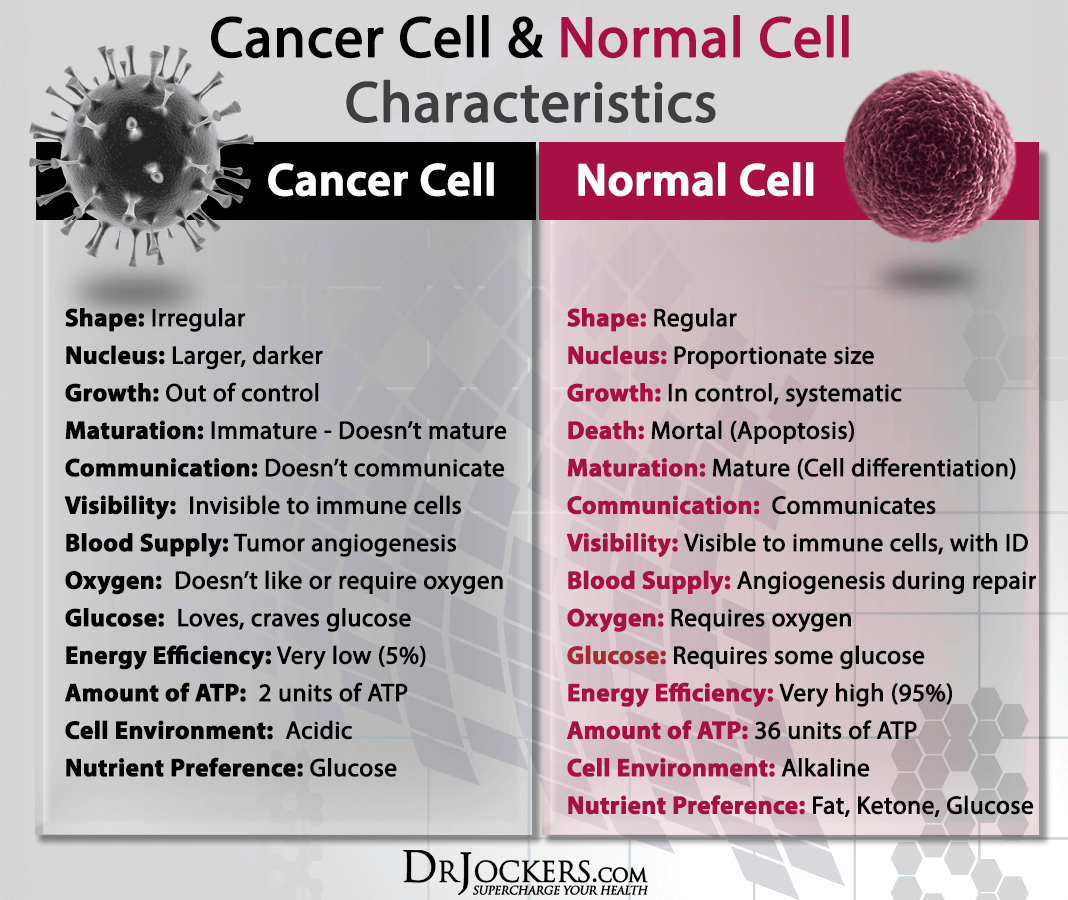
Nutritional Compounds And Cancer Cells
Although traditional medicine has made some progress in targeting specific cancer mechanisms, therapeutic benefits are often limited and can sometimes lead to secondary complications when used alone.
A vast amount of research has been performed on natural compounds that may act on these same mechanisms with greater selectivity, potentially improving the effectiveness of traditional methods by creating a more targeted therapy with which to destroy cancer cells.
An added benefit to using these nutrients is that they do not harm normal cells. Targeting cancer cells while protecting healthy cells is an important measure to minimize side effects of cancer treatment and prevent the development of secondary cancers which may have radiation or chemotherapy as contributing, originating factors.
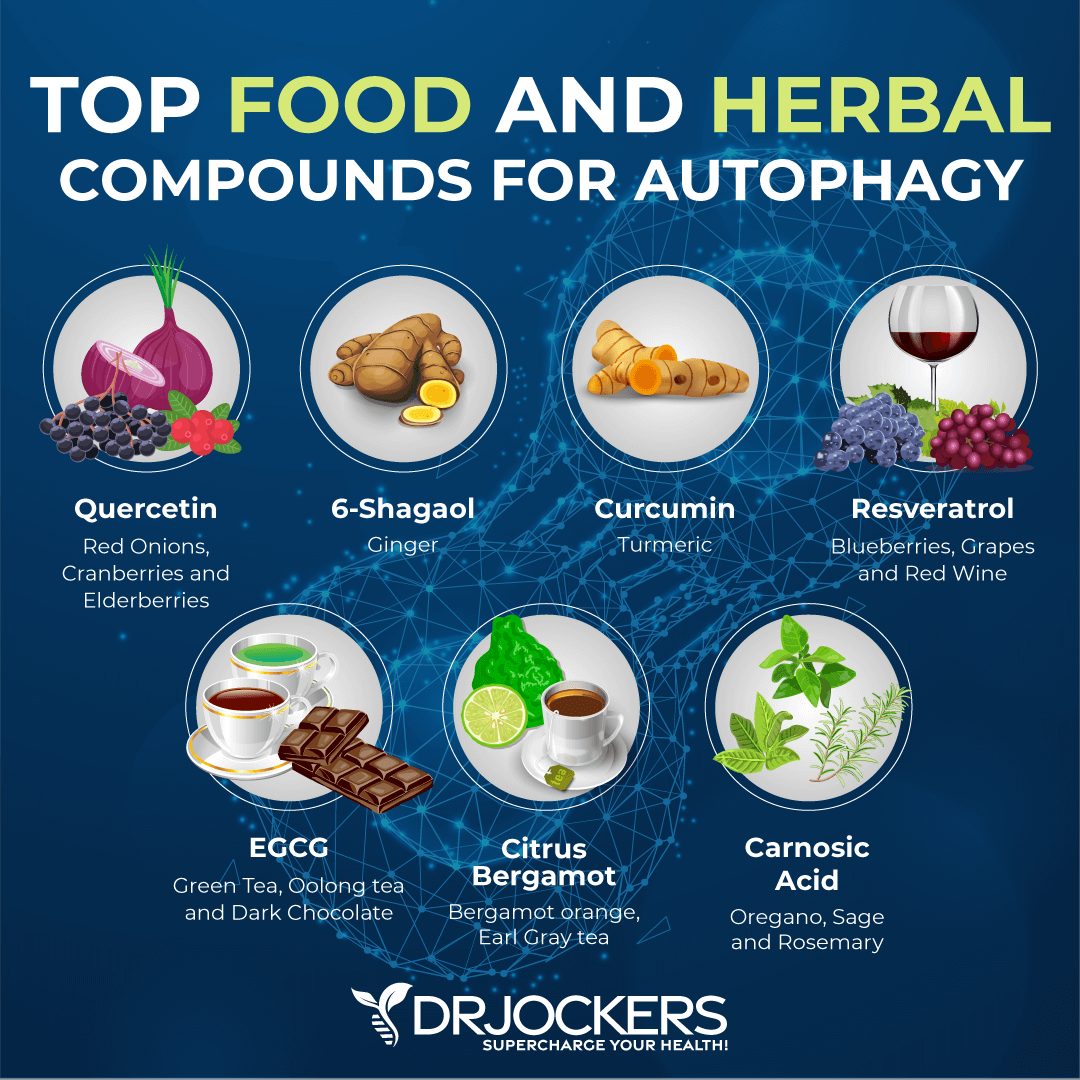
Cell Communication
Specialized cells located in different tissues are continually communicating with each other through chemical messengers. The body relies heavily on this inter-cellular dialogue to keep cells growing and dividing only when and where needed.
One of the first mutations to occur in the development of cancer is thought to involve an interference with this mechanism, lowering inter-cellular chemical messenger concentration and disrupting the normal cell growth cycle.
Evidence suggests that there are many nutrients that are able to restore normal levels of the chemical messengers necessary for intercellular communication. Of particular significance are the flavonoids apigenin and tangeretin as well as the carotenoids beta-carotene, lycopene, and canthaxanthin.
In addition, green tea compounds, vitamin D, and several flavonoids have demonstrated the ability to up-regulate gap junction communication (1).
Apoptosis, or programmed cell death, relies on cellular communication and by introducing nutrients that improve this process it may be possible to better control the development of cancers before they become dangerous. This approach is especially important for preventing tumor progression and strengthening apoptosis.
Turning Off Cancer Genes
Cell DNA is continually under threat of being damaged. DNA contains instructions that regulate cell behavior and accumulated damage can eventually lead to altered DNA and resultant irregular cell behavior.
The characteristic uncontrolled cellular division seen in cancer is likely to occur as a result of oxidative stress. Because of this understanding, supporting the body’s natural antioxidant powers has become an important cancer prevention and treatment strategy.
Although a few specific antioxidant compounds have been studied for this purpose, it would appear nearly crucial to consume a variety of foods to obtain a complete measurable range of antioxidant vitamins, minerals, carotenoids, and flavonoids.
Several of these compounds have demonstrated the ability to protect the cells from cancer even in the presence of cancer-causing chemicals, viruses, and radiation. Specific examples of compounds that have this effect are apigenin, kaempferol, EGCG (green tea extract), Quercetin, and luteolin.

DNA Protection
Several fruits and vegetables have also demonstrated the ability to protect the DNA, likely due to the natural abundance of vitamins, minerals, flavonoids, and other therapeutic phytonutrients. Some of the nutrients mentioned may be purchased in supplement form.
It is also important, however, to consume a wide range of phytonutrients from plant sources as research suggests they have a synergistic effect in protecting the cells that are more powerful than any single nutrient alone (2).
Another helpful strategy in limiting DNA damage is consuming foods with high ORAC values. A food’s ORAC (Oxygen Radical Absorbance Capacity) value refers to a its ability to scavenge free radicals through antioxidant activity and therefore lower the damage caused by oxidative stress significantly.
Some foods with high ORAC values are astaxanthin (found in microalgae and salmon), green tea, turmeric, cloves, and chaga mushroom. Consumption of foods with high antioxidant capacities have demonstrated therapeutic value in several diseases including cancer (3).
Disrupting Cancer Cell Reproduction
Cancer cells divide rapidly. Over a long period of time, if left unattended, this rapid cell division can lead to the development of tumors and eventually metastasis (cancer cells spreading throughout the body).
Traditional methods of cancer treatment are able to kill many of these cells but those left behind tend to become more aggressive which can lead to a more rapid progression of cancer. In hopes of preventing this relapse, treatments can be given over several months.
Although this may help produce marginally better results in killing as many cancer cells as possible, it also kills healthy cells which leads to a severe inhibition of the immune system.
Inhibiting the immune system during a time when maximizing healing capacity is critical can lead to a slower recovery and open the doors to opportunistic infections such as pneumonia.
While traditional treatments tend to damage healthy cells, natural compounds may be able to provide a more targeted effect. Compounds such as apigenin, curcumin, EGCG, indole-3-carbinol, and vitamin E Succinate have demonstrated the ability to inhibit cancer cell reproduction while having a protective effect on healthy cells.
This is significant because these nutrients could be combined with traditional treatment methods to improve the effectiveness and prevent secondary complications by protecting normal cells.
Promoting Apoptosis
Although damage occurs in cells every day, there are built-in protective mechanisms to prevent these minor damages from becoming major problems.
When the DNA in a cell becomes damaged enough to alter normal processes, a gene is activated that instructs the cell to be destroyed; a process referred to as apoptosis.
If damage progresses too far before being recognized, however, the gene for apoptosis can become mutated; deactivating this important protective mechanism.
Many chemotherapy and radiation treatments attempt to “jumpstart” (absent normal, natural regulations) apoptosis through systemic poisoning but tend to negatively impact healthy cells as well.
Several natural compounds are able to restore apoptotic activity in a manor that only targets cancer cells, leaving healthy cells unharmed. Some specific examples of these effects are:
- Catechin and EGCG in lymphoid leukemia (4)
- Curcumin in breast cancer cells (5)
- Vitamin E succinate and retinoic acid in B lymphoma cells (6)
Several other nutrients have demonstrated similar properties including: apigenin, luteolin, quercetin, panax ginseng, and resveratrol.
In addition to having apoptotic inducing effects in isolation, many of these nutrients have demonstrated the ability to enhance the effects of chemotherapeutic drugs, especially in instances of chemo resistance. Such nutrients include ginseng, quercetin, and fish oil (7,8,9).
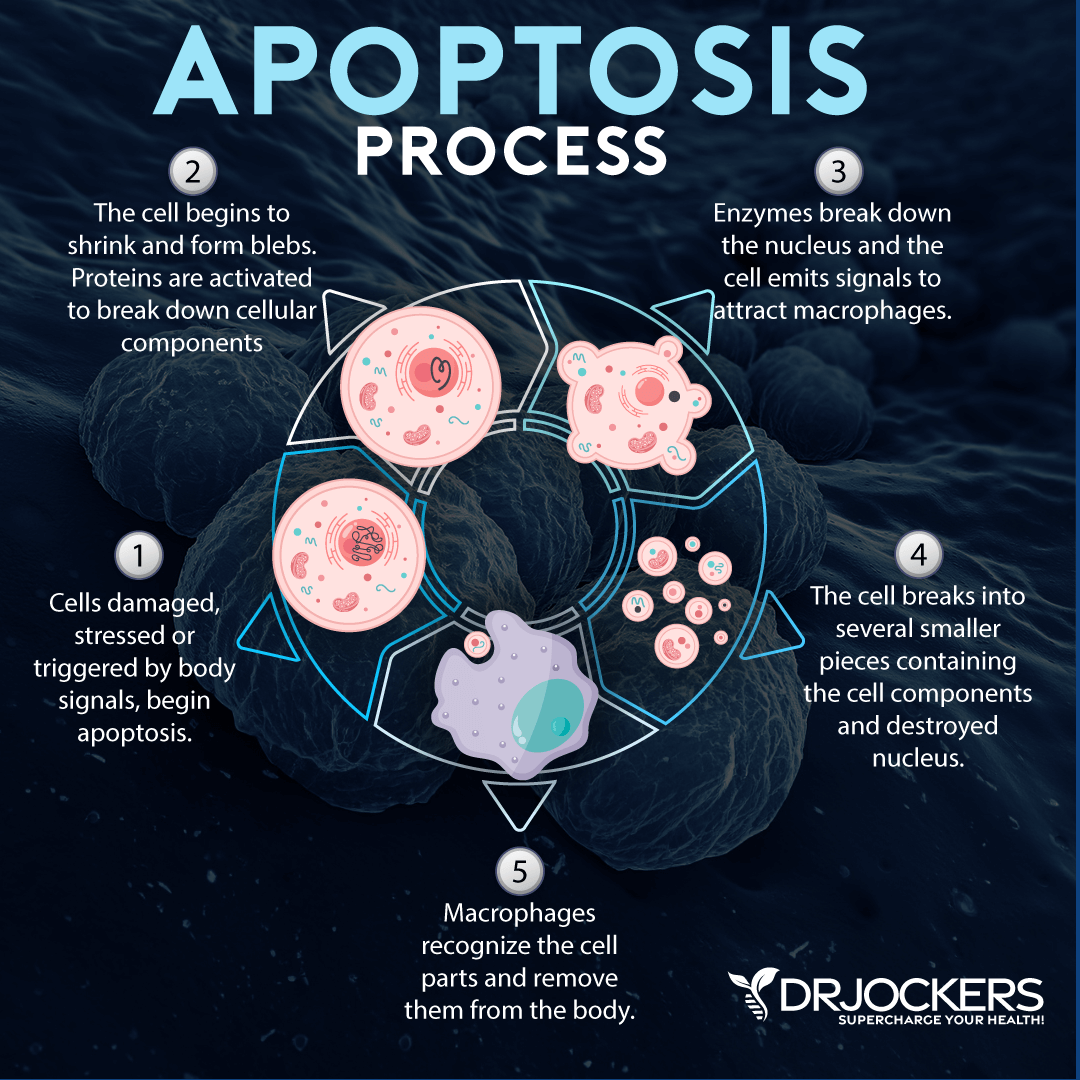
Inhibiting Cancer-Dependent Enzymes
When a cell becomes cancerous it gains the ability to self-induce growth through the production of certain (cellular growth-related) enzymes. Concentration of these enzymes have been measured in cancerous conditions and positively correlated to the aggressiveness of cancer development.
This means that high concentrations of these enzymes will accelerate cancer growth if not targeted through treatment. In an attempt to stop cancer development, it is important to shut down the cell’s ability to produce growth-related enzymes.
Many of the same nutrients that have shown to slow cell division and promote apoptosis have also shown to inhibit the production of growth-related enzymes. These nutrients include green tea extract (catechin & EGCG), curcumin, apigenin, quercetin, and Vitamin E Succinate.
This list is not exhaustive and only names a few of the compounds to demonstrate the ability to lower growth-related enzymes. Several phytonutrients in fruits and vegetables also provide therapeutic benefit in this regard and consuming a variety of plant foods may further inhibit the secretion of growth-related enzymes.
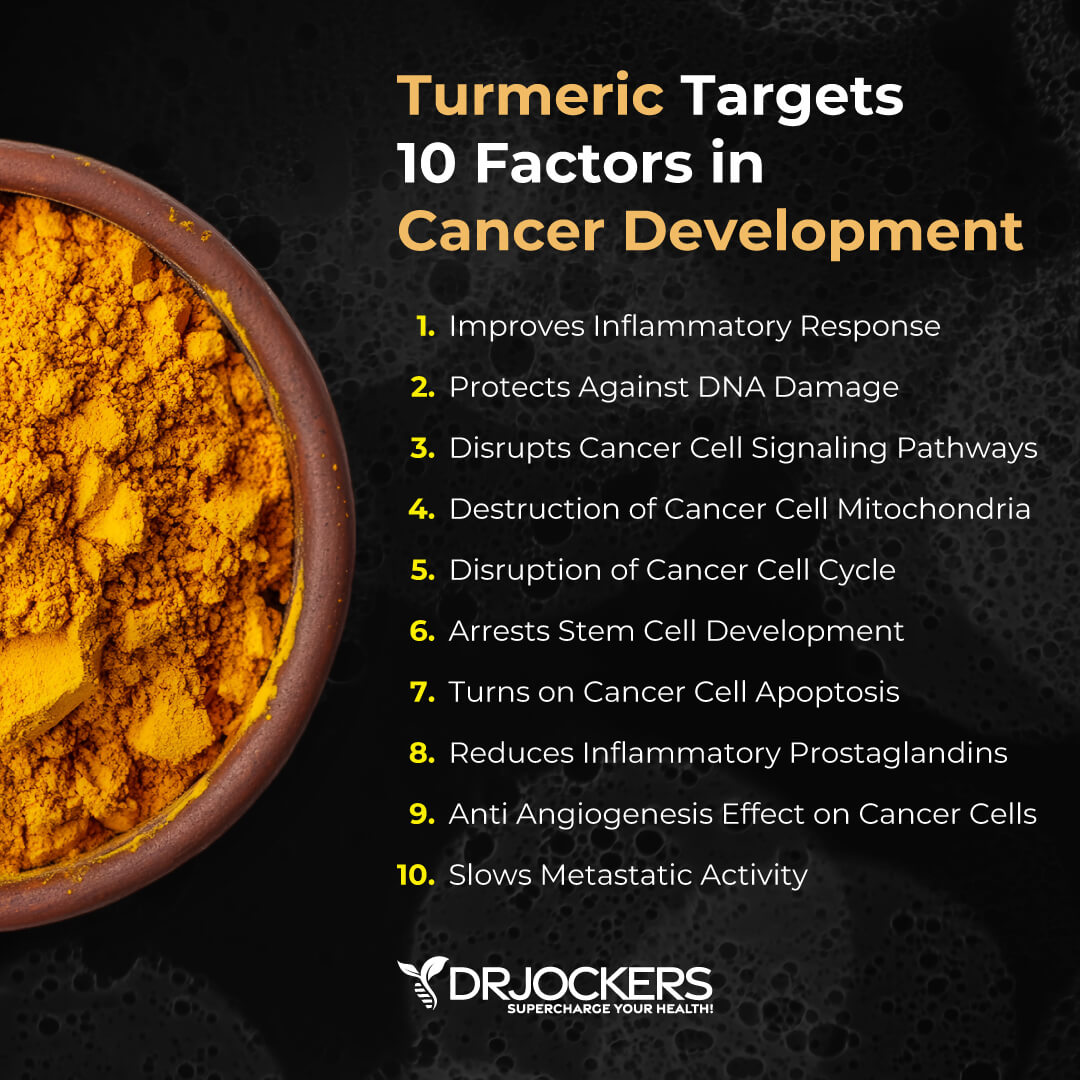
Minimizing Systemic Inflammation
High levels of systemic inflammation are commonly found in affected (cancerous) subjects. This has been demonstrated scientifically through measurement of cyclooxygenase (COX) and lipoxygenase (LOX), two significant biological markers of inflammation.
The inflammation induced by these enzymes can lower immunity, speed cancer cell growth, and increase the probability of metastasis. Studies have also shown that lowering the levels of COX and LOX enzymes through anti-inflammatory protocols can have a significant positive impact in cancer conditions (10).
Some drugs have been developed to act on these enzymes but usually only one and not the other. Although they do show some positive effects in slowing cancer growth, several nutrients have demonstrated the ability to inhibit both enzymes which may be more beneficial.
The flavonoids apigenin and kaempferol each have the ability to inhibit both enzymes. Additionally, curcumin, berberine and garcinol have all demonstrated the ability to inhibit several inflammatory pathways including the production of COX and LOX enzymes (11).
While consuming anti-inflammatory flavonoids is important, it is also important to increase consumption of omega-3 fatty acids in relation to omega-6. Limiting omega-6 intake may be helpful in decreasing levels of the COX and LOX enzymes as they are synthesized by the byproducts of omega-6 metabolism.
Inhibiting Tumor Invasion
As cancer cells develop and lose ability to communicate with normal cells, they can form tumors and invade nearby tissues. In research it has been shown that two key enzymes, MMP-2 and MMP-9, potentiate this invasive behavior by degrading cell membranes that are responsible for structural support of tissue (12).
Suppressing these enzymes is important for the prevention of metastasis and dietary modifications are able to provide such an effect.
One primary strategy to lower these enzymes is to decrease omega-6 intake and increase omega-3 intake. High intake of omega-6 has been correlated with increases in MMP concentrations while omega-3 intake has shown the opposite effect.
Other dietary compounds to demonstrate MMP inhibition include curcumin, luteolin, and quercetin (13). Intake of these nutrients in combination with a high omega-3 diet may lead to a significant reduction in tumor invasiveness.

Blocking Angiogenesis
Angiogenesis is the process by which tumors grow new blood vessels. Once a tumor undergoes angiogenesis it is able to enrich itself with blood and nutrients in order to grow.
These new blood vessels also provide a pathway for cancer cells to leave the tumor and spread throughout the body because they contain large holes in their basement membrane.
By blocking the process of angiogenesis it is possible to essentially starve the tumor and dramatically interfere with its growth.
The mechanism behind angiogenesis has been observed to be related to the same pathways as inflammation with the COX and LOX enzymes being significant factors. With this in mind, some of the nutrients important for inhibiting inflammation also help prevent angiogenesis.
Two primary nutrients to focus on for this purpose are the flavonoids apigenin and luteolin. Again, similar with inflammation, it is also important to lower omega-6 intake while increasing omega-3. The omega-3 fatty acid DHA specifically has demonstrated potent anti-angiogenic activity (14).

Anti-Estrogen Effects of Phytonutrients
Excessive estrogen has been correlated with the development of certain cancers. High levels of estrogen may directly stimulate the development of breast, prostate, colon, and possibly other forms of cancer.
In light of this, the enzyme aromatase has been extensively studied for its estrogen promoting effects. Aromatase is responsible for converting free testosterone into estrogen and evidence suggests that high aromatase activity is related to increased tumor growth and metastasis.
Several flavonoids have demonstrated the ability to inhibit aromatase and even block the binding of estrogen to its receptor site. Apigenin, kaempferol, and quercetin all demonstrate the ability to inhibit aromatase activity. This may explain in part their therapeutic role in cancer treatment and prevention.
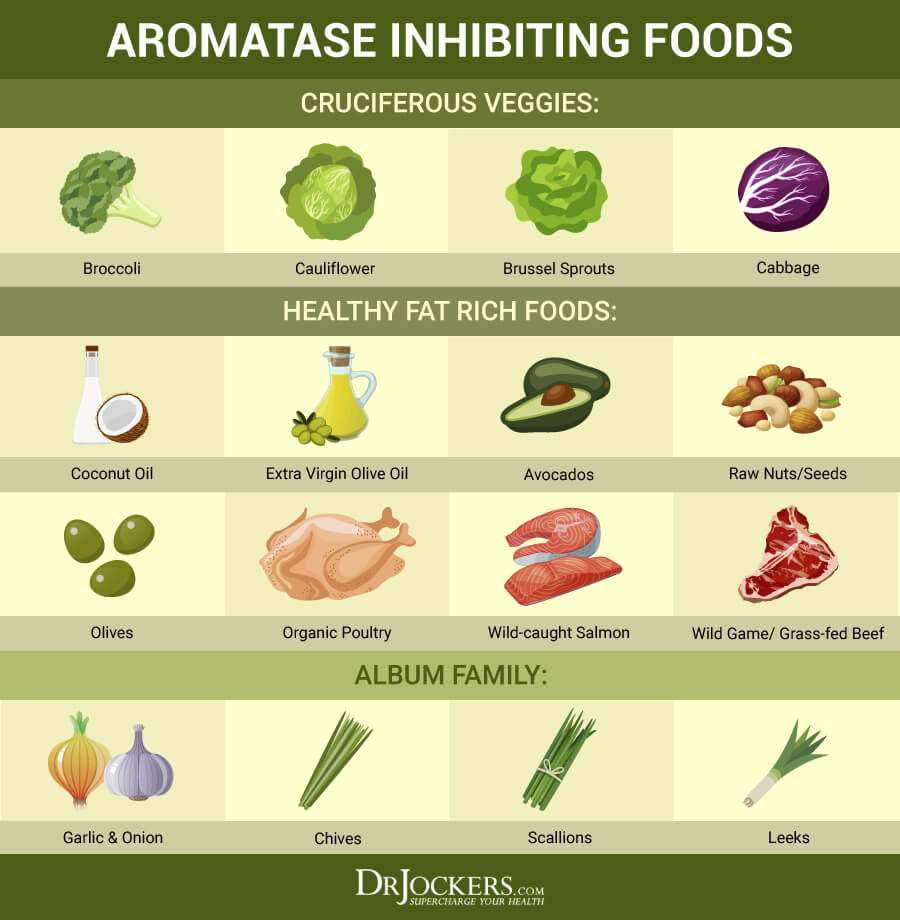
Chelating Iron from Tissues
High iron concentrations in the body can support cancer development. Rapidly dividing cancer cells require iron as it is involved in the process of DNA synthesis, a critical step in cell division. Additionally, excess iron can lead to production of highly reactive free radicals that contribute to oxidative stress (15).
One effective method to remove excess iron from the body is through the consumption of phytates, specifically inositol phosphate-6 (IP-6) has been investigated for this purpose.
Not only is IP-6 able to bind and remove excess iron from the tissues, but it has also demonstrated the ability to strengthen the immune reactions that target and kill cancer cells (16). Additional sources of phytates are legumes, nuts, and seeds.
Several flavonoids have also demonstrated iron-chelating activity including curcumin, catechins (ECGC – green tea extract) and quercetin.
Maximizing Detoxification Processes
In the prevention of cancer, it is important to maximize the detoxification systems of the body. Many toxins can cause inflammation, DNA damage, and lowered immunity if allowed to accumulate in the tissues. Detoxification is especially important for those under chemotherapeutic treatment or radiation therapy because the toxic load on the body is drastically increased.
The liver is primarily responsible for removal of toxic byproducts, so it is important to focus on the liver when maximizing detoxification ability. When the liver is functioning properly, even large amounts of toxins can be neutralized effectively and safely removed from the body. Nutrients important for liver function include carotenoids, indole-3-carbinol, curcumin, and isothiocyanates.
Although the liver plays a crucial role in the detoxification process, toxins that accumulate in tissues must be removed and mobilized to the liver to effectively complete the detoxification process.
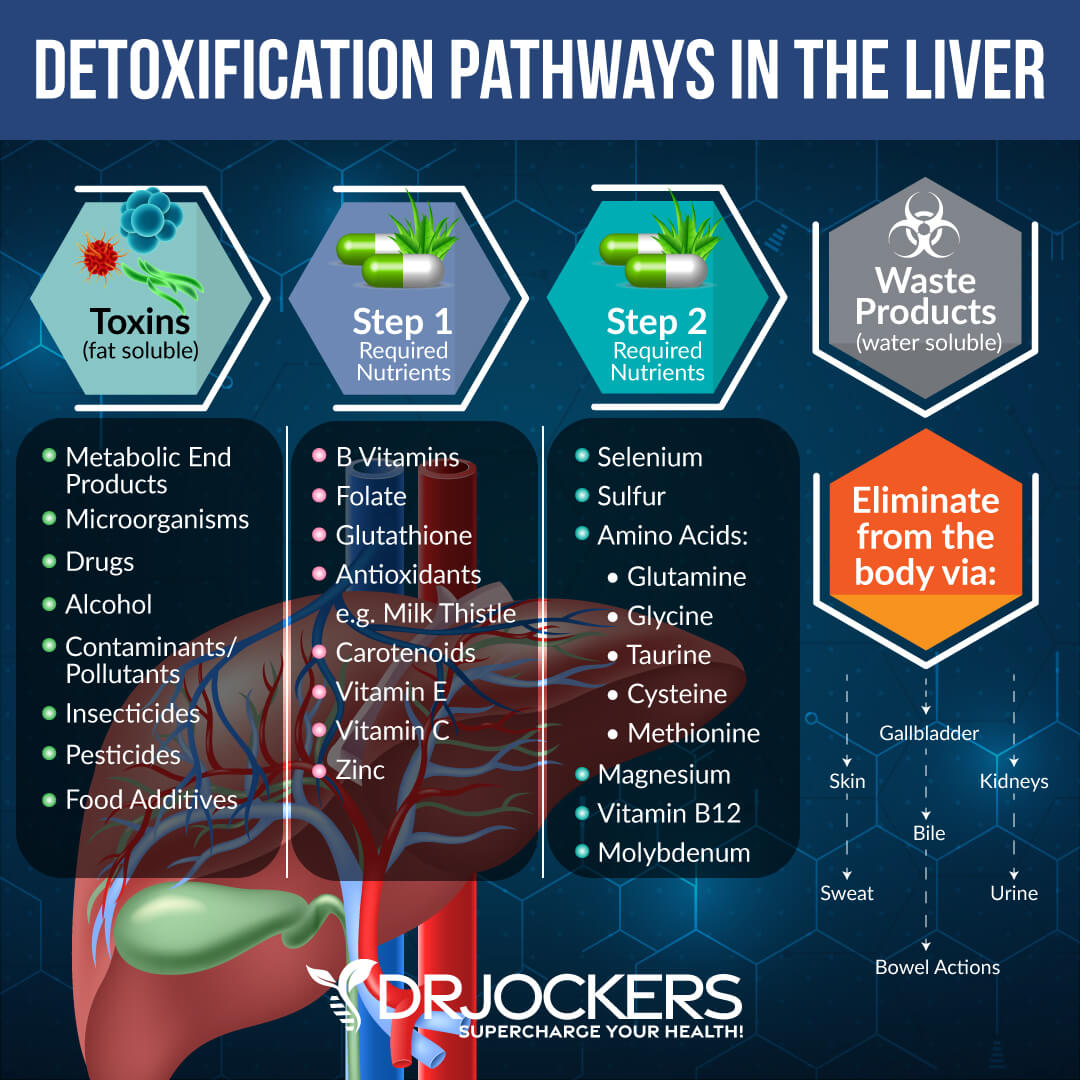
Conclusion
Although it is commonly believed that cancer is a purely genetic disease that occurs randomly in some people but not in others, a vast amount of evidence supports the idea that cancer genes are heavily influenced epigenetically.
Another way of saying this is that the biological environment created inside our body through our diet and lifestyle can alter genes in a way that promotes cancer.
In the same way, these genes can be altered in a way that fights and prevents cancer. Several nutraceutical compounds have been studied for this effect with promising results.
A vast array of research on different cancerous conditions has highlighted specific therapeutic compounds that have tremendous anti-cancer potential. While some nutrients seem to act on single mechanisms, several dietary compounds have shown up several times demonstrating anti-cancerous effects through several mechanisms.
Such compounds include apigenin, curcumin, EGCG (in tea), and Quercetin. In general, groups of nutrients such as flavonoids and carotenoids seem to play a major role in cancer treatment and prevention.
These nutrients show promising evidence to be used as a stand-alone treatment for cancer as well as in conjunction with traditional cancer treatment methods.
If you want to work with a functional health coach, I recommend this article with tips on how to find a great coach. On our website, we offer long-distance functional health coaching programs. For further support with your health goals, just reach out—our fantastic coaches are here to support your journey.
Inflammation Crushing Ebundle
The Inflammation Crushing Ebundle is designed to help you improve your brain, liver, immune system and discover the healing strategies, foods and recipes to burn fat, reduce inflammation and thrive in life!
As a doctor of natural medicine, I have spent the past 20 years studying the best healing strategies and worked with hundreds of coaching clients, helping them overcome chronic health conditions and optimize their overall health.
In our Inflammation Crushing Ebundle, I have put together my very best strategies to reduce inflammation and optimize your healing potential. Take a look at what you will get inside these valuable guides below!
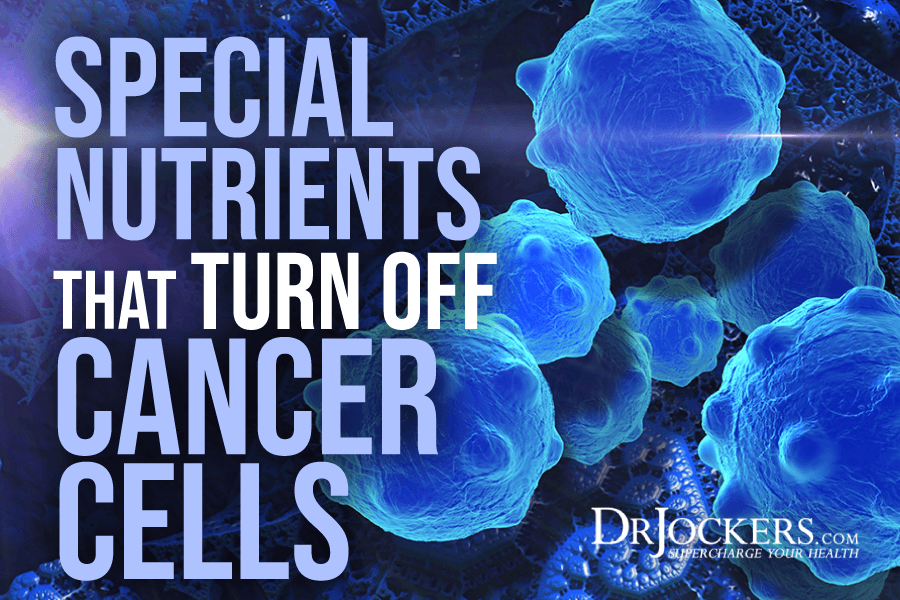
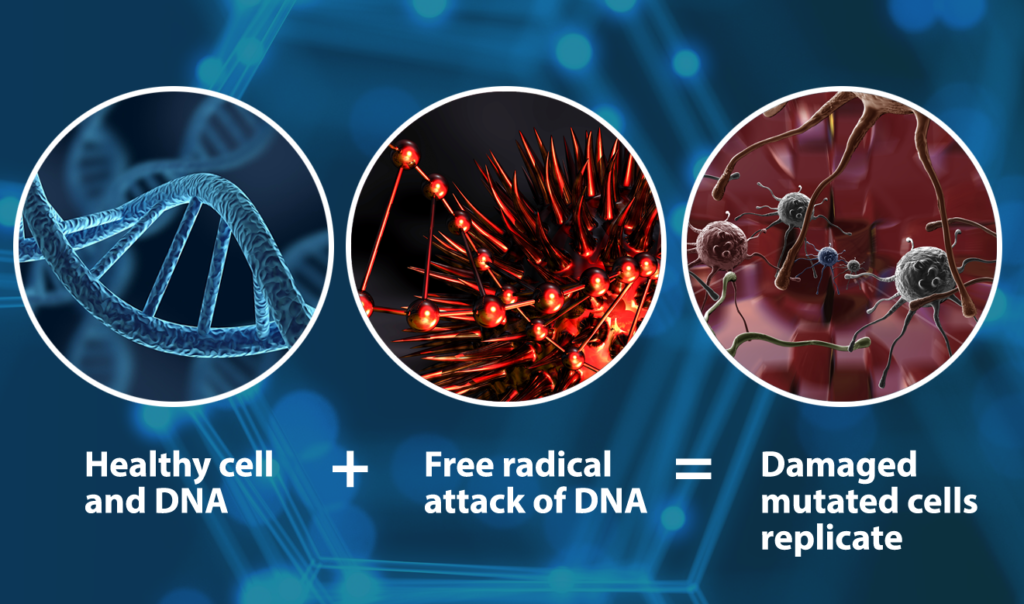
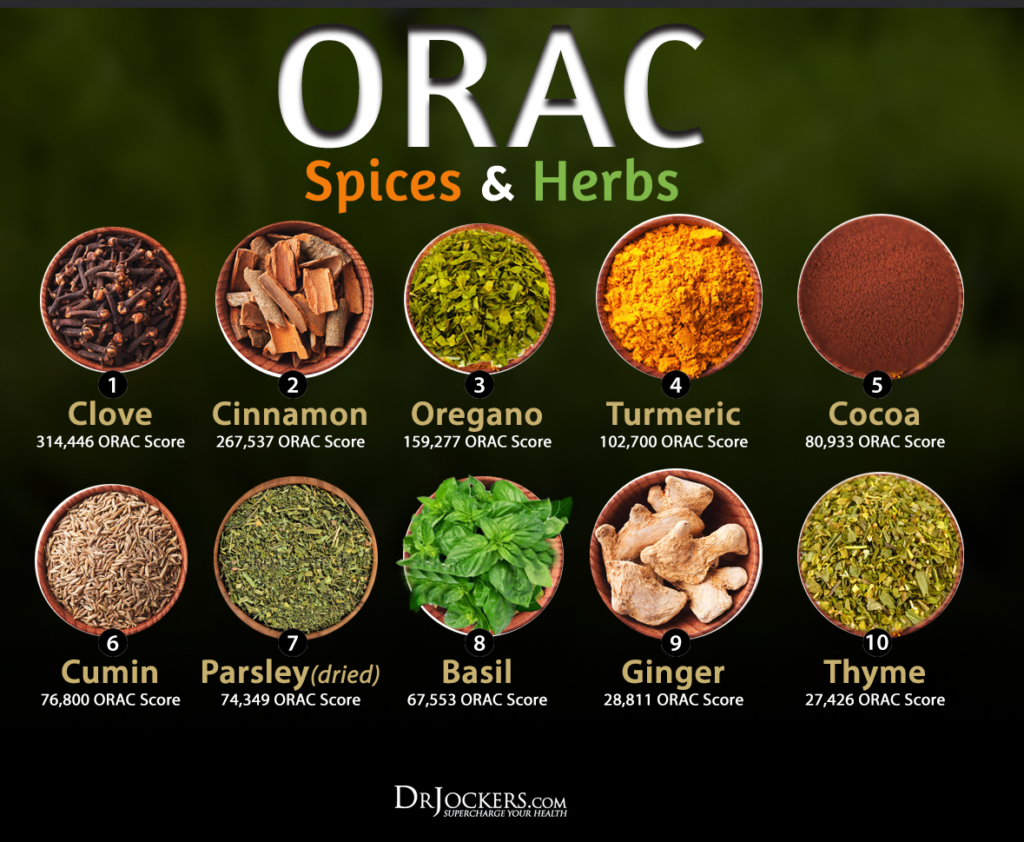


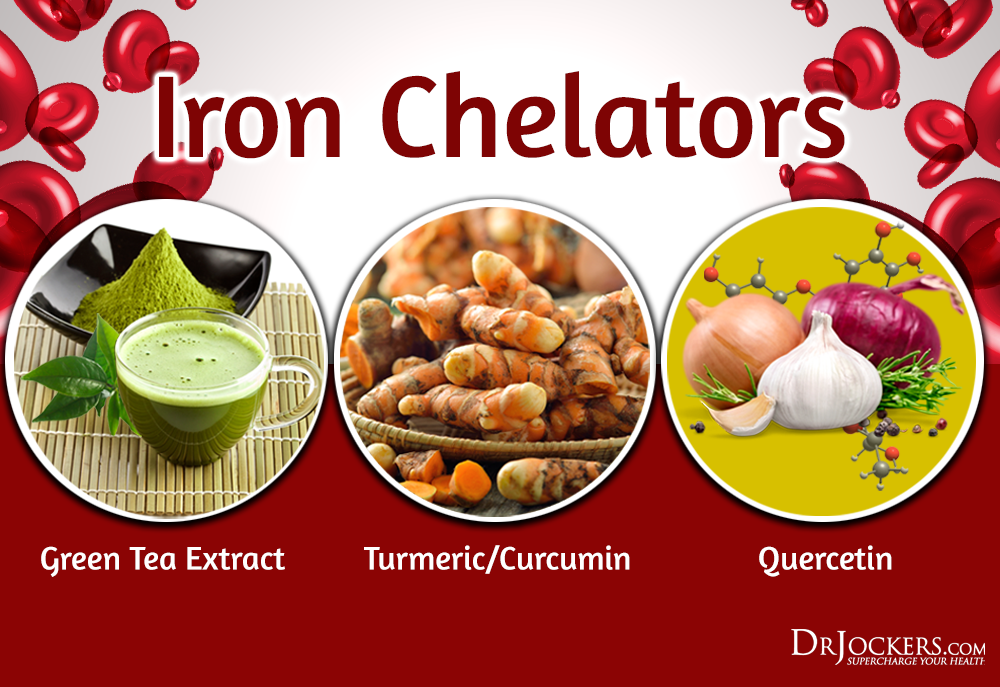





Excellent article! Thank You!
Thanks for reading JR!
Thankyou i saw a lot of good pointers. But cancer is not a generic disease. My breast cancer eats 94-98% estrogen. I do not know its other favorite foods, i guess sugar. DO YOU KNOW?
I do not know what type of diet to eat and have been eating diets for all sorts of cancer but this cobra in my bra won’t budge.
I am on an estrogen blocker but it is quitting the battle. Is my cancer mutating to another food choice.?
Hey Cathy! Read the following articles:
https://drjockers.com/sugar-feeds-cancer-growth/
https://drjockers.com/the-diet-that-destroys-cancer/
My dear Dr.David Jockers
Assalamo Alaikum
I deep study every articles and
always Dr.David Jocker,s articles found complete,competent and reliable if compared with the articles in this subject available on different website on net.
Bundle of thanks for helping the world community through writing such a precious and informative articles.
Muhammad Nasir
I-10/4, Islamabad
Pakistan
Thank you!